Awetlandislandthatiscoveredwithwaterforpartoftheyear.Doallwetlandslookthesame?No!Eachis different.
Bog
Bogscontainatypeofsoilcalledpeat.Peatismadeupofmaterialfromdeadplantssuchasmosses.Bogshavespongy,mossyfloors.Theyhavefewernutrientsthanmarshesorswamps.Asaresult,largeplantsdon’tgrowin bogs.
Someanimalshaveadaptedtoliveinbogs.Salamanders,dragonflies,snakes,andsomeplantsthateatinsectslivein bogs.
Bogsarefoundincool,northernclimates.Theyreceivemostoftheirwaterfromrainand snow.
Asawetland,bogsfilterandcleanthewater.Theyalsotrapcarbonintheirpeatysoil.Bogsareagoodplaceforspecialkindsofplantsandanimalsto live.
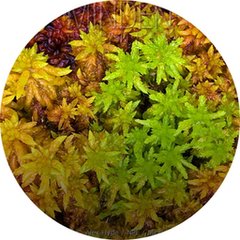
sphagnum moss
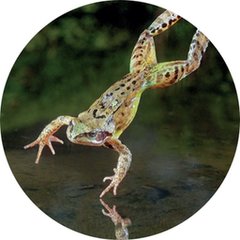
frog

CountyAntrim,NorthernIreland, UK
Mangrove
Mangrovewetlandsarefoundalongwarmoceancoastswheresaltwaterandfreshwatermeet.Mangrovescontainbrackishwater.Thismeansthewaterisamixoffreshwaterand saltwater.
Theyarefilledwithmangrovetreesthatcanliveinsaltwater.Thetreeshaveatangleofrootsthatareabovetheground.Theyarestrongandcancopewithocean waves.
Mangrovesareimportantplacesforbirdstobuildnests.Youngfisharesafeinthetangleoftree roots.
Asawetland,mangrovesprotectthelandfromstorms.Themangrovetreesmovecarbonfromtheairintothesoilwhereitis stored.
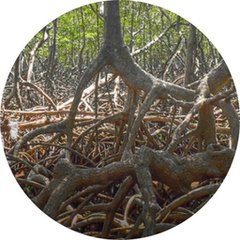
mangrove roots
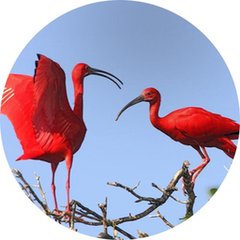
scarlet ibis
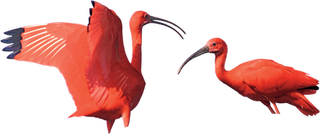
LosHaitisesNationalPark,Dominican Republic
Swamp
Swampscontainmanylargetreesandotherwoodyplants.Thewetgroundcreatesathicksoilforplantsthatgrowwellin water.
Animalsthatlikewetconditions,suchasalligatorsandfrogs,liveinswamps.Areasaroundtreerootsprovideasafeplacefornestingbirdsandprotectfish,reptiles,and amphibians.
Someswampscontainfreshwater.Theyareusuallyfoundinland.Saltwaterswampsarefoundnearcoasts.Swampsreceivewaterfromrivers,streams,springsandocean tides.
Asawetland,swampscanprotectthesurroundinglandfromfloods.Theyalsoremoveharmfulnutrientsfromthe water.
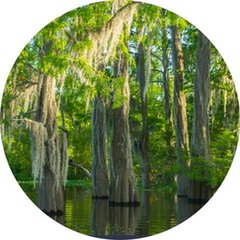
tupelo tree

American
crocodile

FloridaEverglades, USA
Marsh
Marshesdonothavemanylargetrees.Grasses,reeds,andsmallbushesgrowin marshes.
InBotswana,lions,jackals,andbat-earedfoxesliveontheedgesofmarshes.TheseAfricanmarshesarehometomanybirdssuchasAbdim’sstorks,koribustards,andlargesecretary birds.
Somemarshesareformedbyoceantidesalongcoasts.Riversoftenformmarshesinlow-lyingareasornearlakesthatfloodduringthewet season.
Asawetland,marshesarelikeacontainer.Theycanholdlargeamountsofwater.Whenthereisalotofrainmarshescanholdfloodwaterandprotectthesurrounding land.
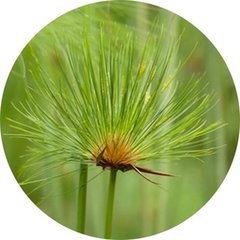
papyrus
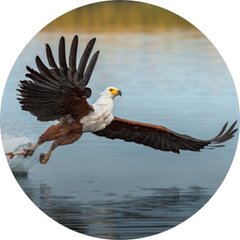
Africanfish eagle
Botswana, Africa